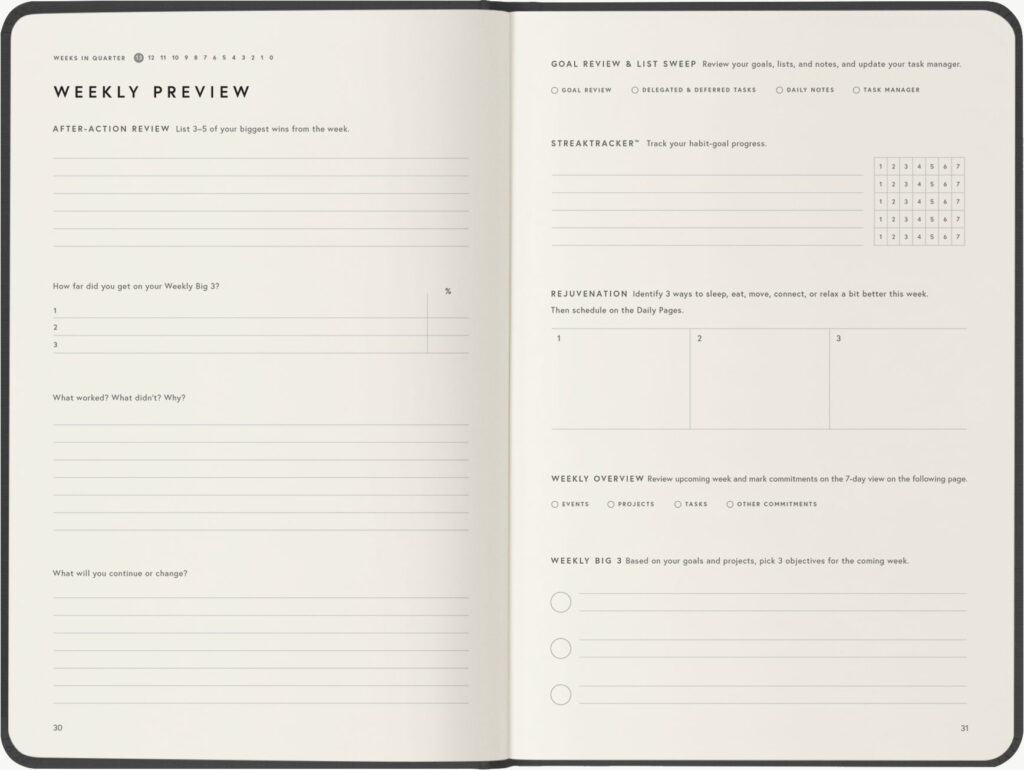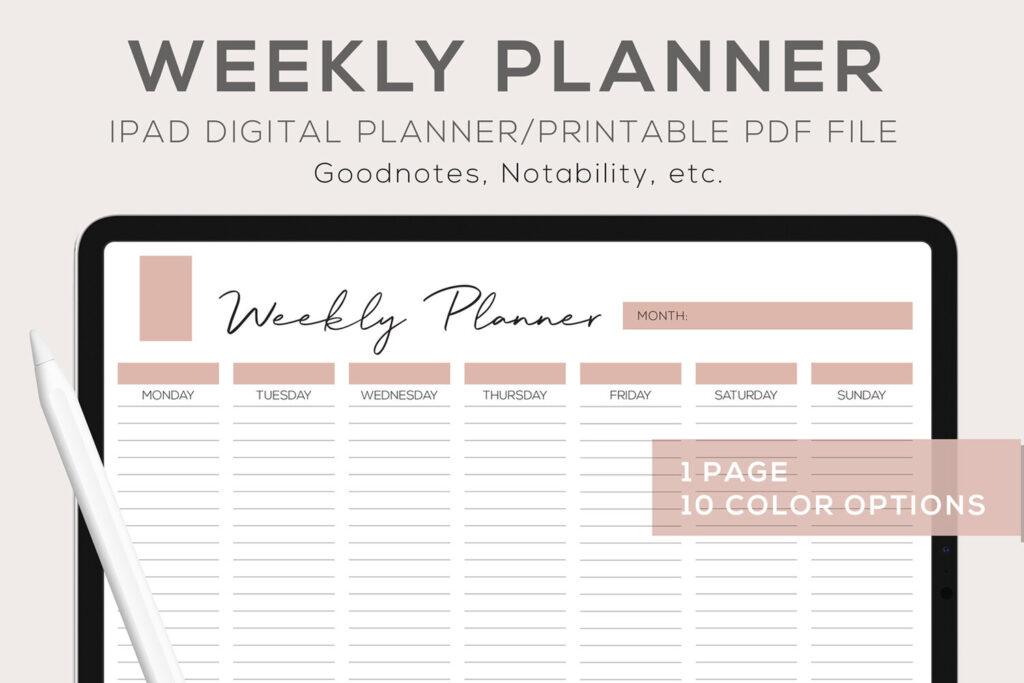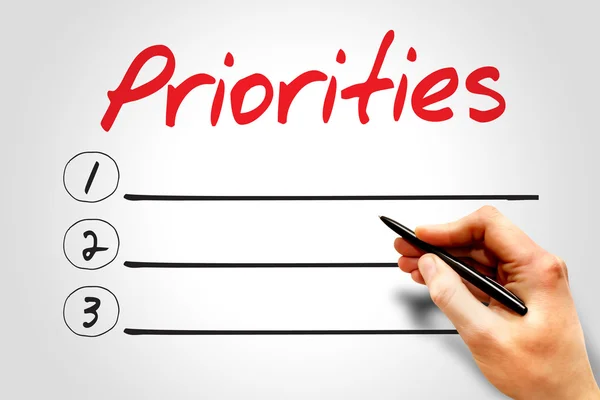I am writing a blog series about becoming a strong leader in the post-pandemic world. Last December, I discussed how leaders can address the fact that many organizations have fewer people and resources to do the job. I declared that leaders must set clear priorities for success in the post-pandemic world. In April, I shared a proven leadership tool, the Eisenhower Decision Matrix, to set clear priorities in demanding roles. In this blog, I am sharing another powerful tool to help modern leaders set clear priorities in the modern world. It is called the weekly preview.
Setting personal priorities for leaders
Leaders have too many tasks and never enough time to finish everything. This phenomenon is nothing new. Since the dawn of time, leaders have faced the age-old questions of what to focus on and how to invest their resources. Time is the most important a leader possesses. You cannot create more time. Leaders have to juggle many tasks, activities, crises, etc. The most successful leaders deal with this dilemma by setting clear priorities for their teams and themselves. One such leader is Michael Hyatt. Many of you may not have heard of him before.

Who is Michael Hyatt?
Michael S. Hyatt is a modern-day productivity and leadership guru whom I trust. According to Wikipedia, as summarized by my research assistant, ChatGPT, Michael S. Hyatt is an American author, podcaster, blogger, and speaker known for his work on leadership, productivity, and goal setting. He began his career in publishing, co-founding Wolgemuth & Hyatt and later serving as CEO of Thomas Nelson. He authored several bestsellers, including “Platform” and “Your Best Year Ever.” 2012, he founded Michael Hyatt & Company, a leadership development firm.

What is a weekly preview?
Over the past decade, Michael Hyatt created the Full Focus Planner and the system you use to get the most from it. I use the planner and will not go into great detail about how it works. Instead, I will highlight what Michael describes as the “secret sauce” of the planner—the weekly preview. The weekly preview allows leaders to reflect on the week before and prepare for the week ahead. It is not an overly complex activity, but it does take about an hour to complete. The best way for me to describe the weekly preview in detail is to walk you through the process.

How do you complete a weekly preview?
Completing a weekly preview has five primary steps, which are described below. If you use the Full Focus Planner, there are pages for these steps.
- Write down your wins from the previous week. Start your weekly preview positively by listing your wins for the week. What is a win? Anything that went well.
- Evaluate how your week went. Think about the various things that happened during the week. Ponder questions like what worked? What didn’t and why?
- Make adjustments for next week. You want to keep doing successful activities and change what did not work. You may want to start doing something new for better future results and stop doing something that is not helping you move forward.
- Look at your calendar for next week. It is essential to look ahead and see what activities you have planned. If you have schedule conflicts, now is the time to fix them, not later. Keep an eye out for days that are completely packed.
- Identify your “Big 3” activities for the week. This step is the most important. Take time to identify the three most critical upcoming activities. Your “Big 3” can include both personal and professional activities.
So it is clear—you do not need a Full Focus Planner to execute your weekly preview. You can use whatever planner or system works best for you. Some leaders may prefer a digital format, while others like analog. I write down the results of my weekly preview in my Full Focus Planner. It helps me remember them for future reference and track my progress for the year.

A weekly preview helps you identify your weekly “Big 3”
The most important result of your weekly preview is your “Big 3”. These activities are your top priorities for the week. They will help you determine the best way to invest your time over the next week. If you are struggling because you have too much on your plate, your weekly “Big 3” lets you focus on what matters most. One component of step 2 that I did not mention in the previous section is that you should evaluate how far you got on your weekly “Big 3”. A week is successful if you achieve your weekly “Big 3”. If not, then there is room for improvement next week.

How do you use this powerful leadership tool?
There are two significant benefits of the weekly preview. First, it enables you to reflect and analyze your results from the previous week. You can learn, improve, and make adjustments for the next week. It is frustrating for you as a leader if you keep having horrible weeks and cannot do anything to course-correct your path forward. The second benefit is that this leadership tool adequately prepares you for the week ahead. You know what is coming, have thought about it beforehand, and set your priorities. This proactive approach is intentional and better than responding to events as they unfold without considering what deserves your time and attention.

What is the hardest part of the weekly preview?
If this tool is so effective, you may wonder why more leaders don’t leverage it—three reasons why. First, some leaders do not know about the weekly preview. Second, some leaders prefer to spend all their time future-focused versus processing the past. They feel it wastes time doing something like the weekly preview. Third and most importantly, conducting a weekly preview takes time. Typically, you will invest at least an hour in your weekly preview. I believe it is a wise way to start every week.

In the next blog, I will discuss another leadership tool from Michael Hyatt
What about you? Do you know how to set clear priorities? Leverage the Eisenhower Decision Matrix and weekly preview to perform this critical function. In the next blog, I will discuss another tool by Michael Hyatt designed to help leaders focus their efforts. I will challenge you to be even more ruthless when setting priorities so that you can lead successfully in the post-pandemic world.
You have a choice in life. You can either live on-purpose, according to a plan you’ve set. Or you can live by accident, reacting to the demands of others. The first approach is proactive; the second reactive.
Michael S. Hyatt
ATW! will make you a better leader
I hope you join me on this journey to raise the next generation of leaders. The world is in desperate need of more great leaders. Women and men who lead with confidence, clarity, and creativity. It’s time to become the leader that your world needs. Let’s go All The Way!
